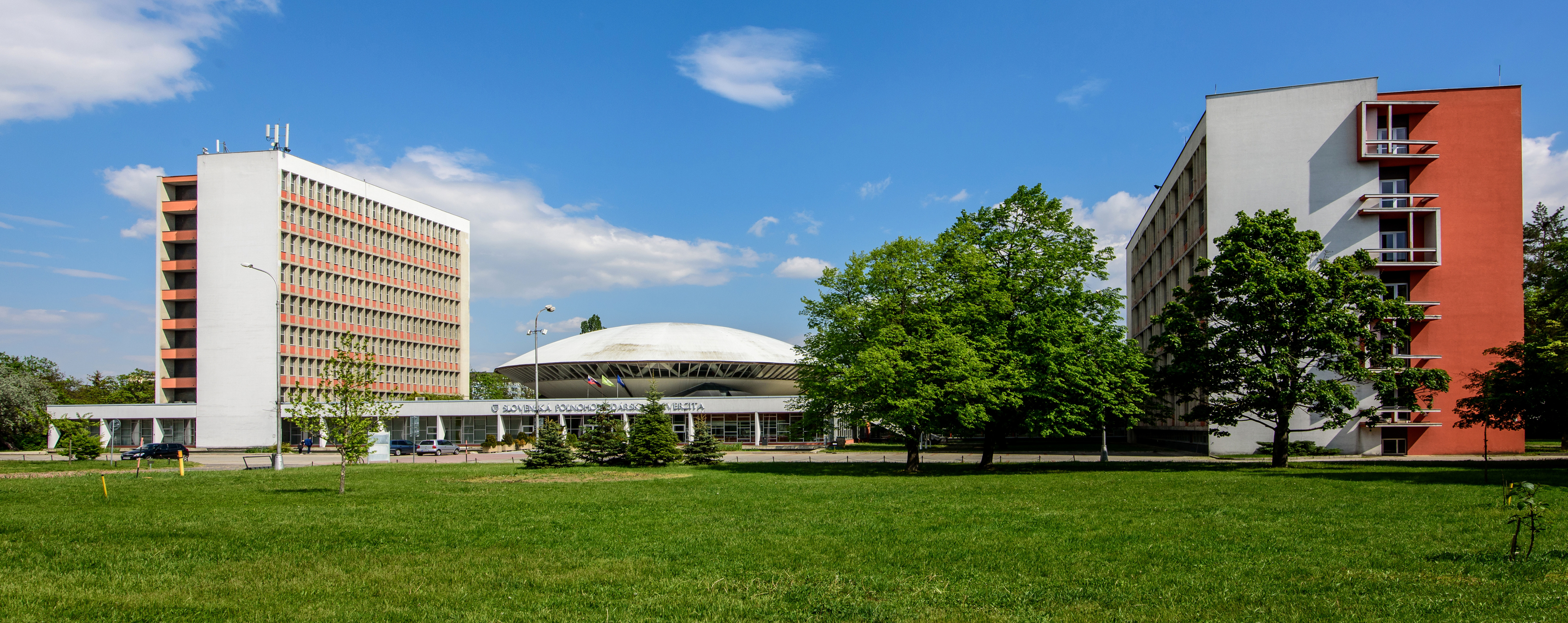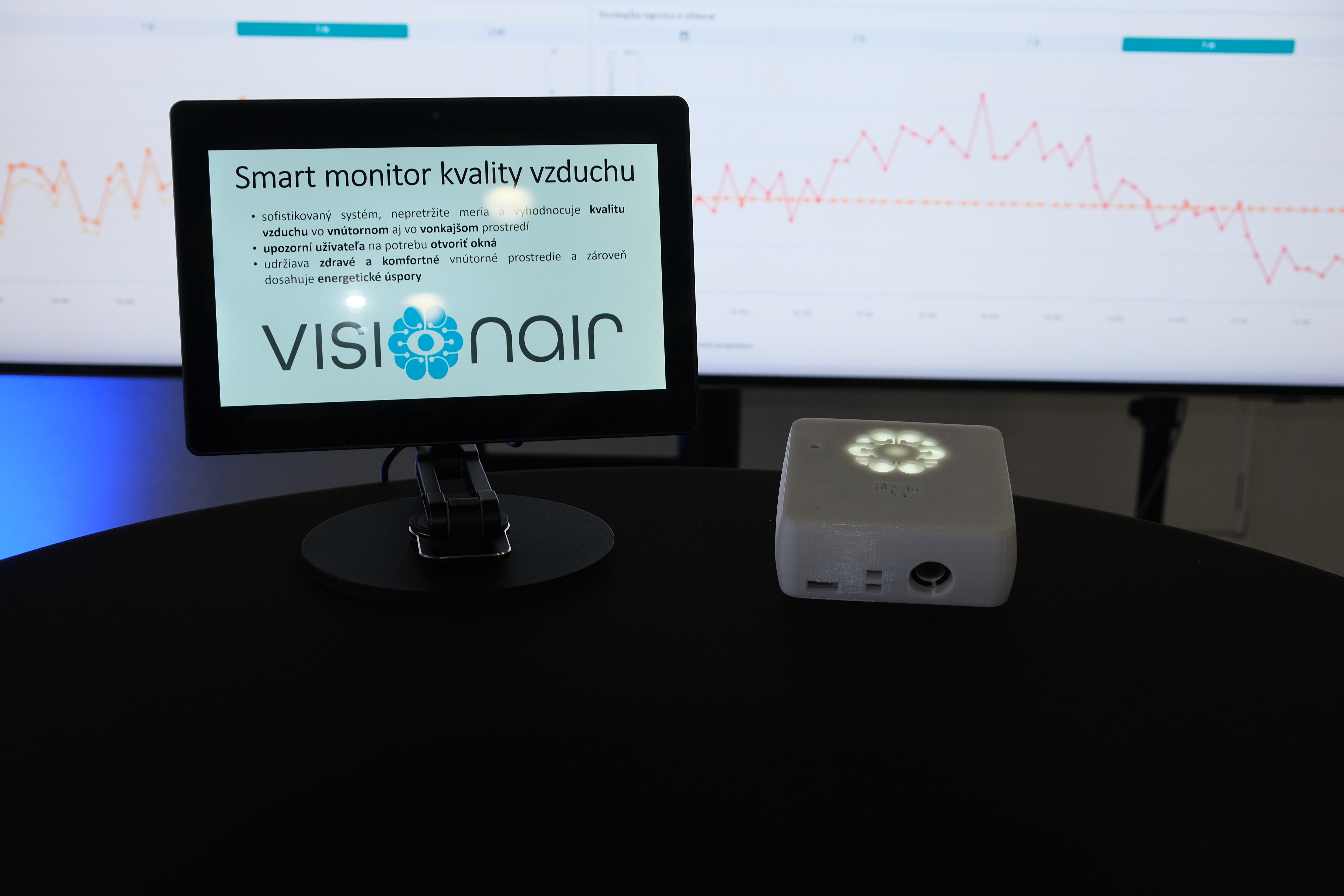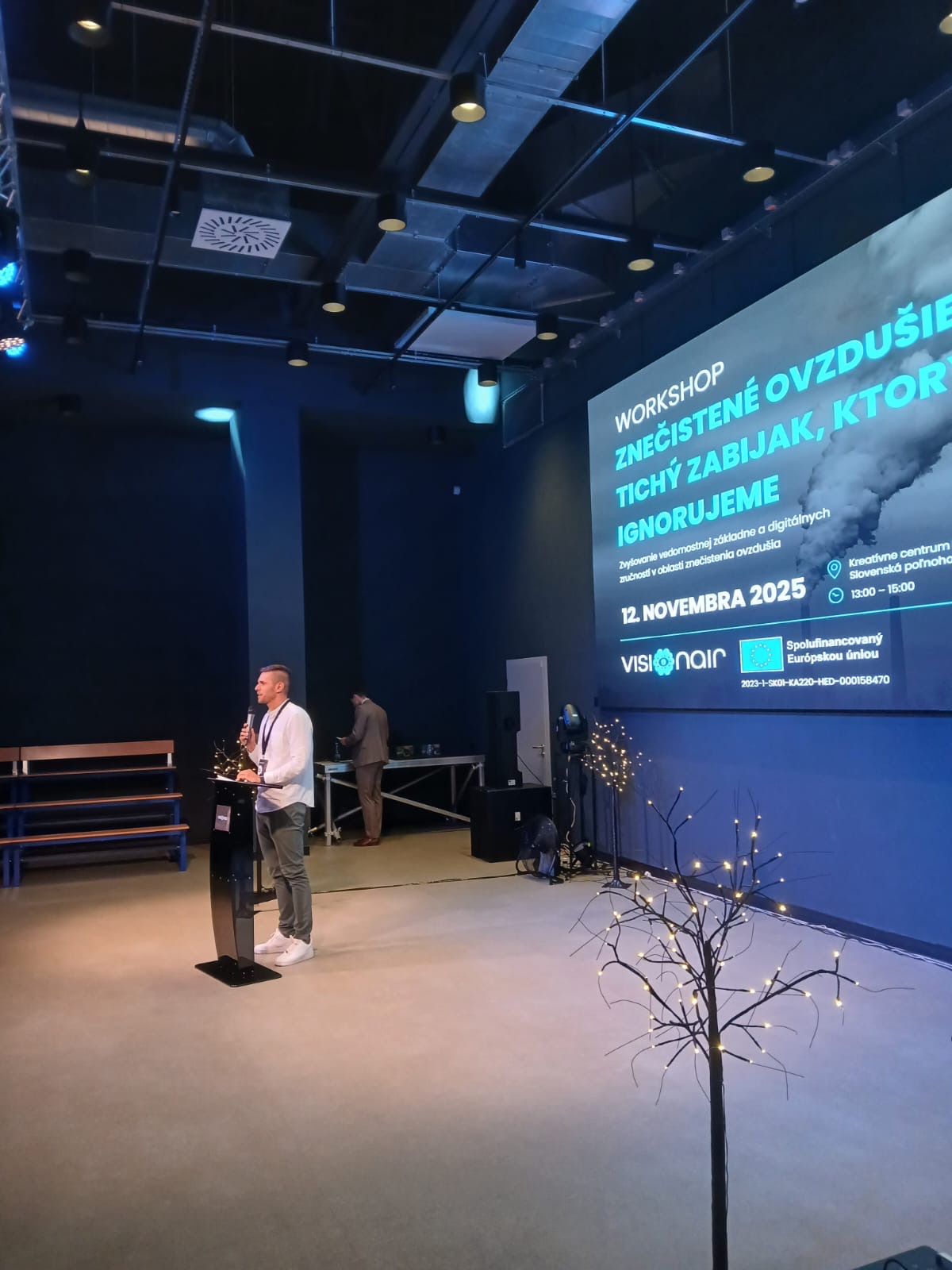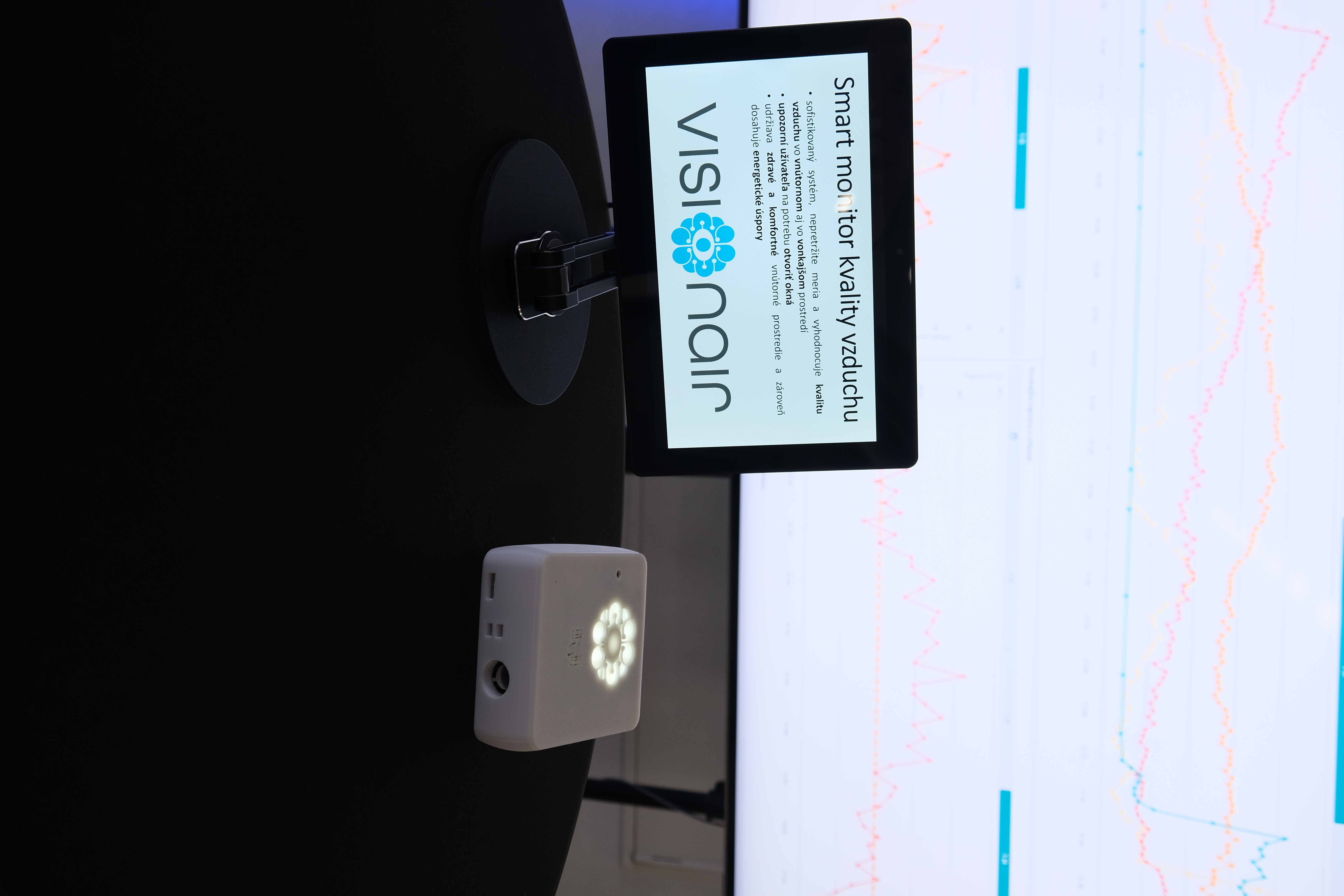SUA presented the largest virtual lungs in Slovakia and an air quality monitor developed at FEM
14.11.2025
The Slovak University of Agriculture in Nitra presented the largest virtual lungs in Slovakia and a prototype of a Smart indoor and outdoor air quality monitor at the Creative Centre of the SUA.
The innovations were presented by the Faculty of Economics and Management at a workshop entitled "Polluted Air – The Silent Killer We Ignore: Increasing Knowledge Base and Digital Skills in the Field of Air Pollution", which took place on November 12, 2025 at the Creative Centre of the SUA as part of the VISIONAIR project. "All the issues that the faculty deals with can be linked to specialist topics and digitalisation. This moves the university forward. In this spirit, we are also changing the structure of our study plans," emphasised SUA Rector Klaudia Halászová. She added that SUA has long been committed to issues of healthy lifestyles and the green economy. Visualizing the topic of air pollution in a way that is accessible to young people is beneficial and effective, she emphasized.
A demonstration of the largest virtual lungs in Slovakia in the virtual cave at the Creative Centre of the SUA made it possible to imagine the impact of air pollution on our lungs. "People drink 2-3 litres of water every day and are concerned about its safety. However, no one thinks about the fact that they breathe out 10 to 15 thousand litres of air every day, which may be polluted. People do not perceive what is not visible as a problem until they feel the health effects," said project coordinator associate professor Jakub Berčík, director of the Laboratory of Consumer and Managerial Research FEM. Using three types of lungs – healthy, moderately polluted, and damaged by air pollution – the experts wanted to give students as realistic a picture as possible and emphasize that the issue of air quality affects us all. It also has economic consequences.
The Smart air quality monitor prototype, which has been developed by FEM experts over two years, continuously monitors and evaluates air quality in indoor and outdoor environments. The Smart air quality monitor simulates breathing, evaluates the optimal environment based on
special algorithms, and alerts the user to the need for ventilation. If there is a sudden deterioration in air quality due to weather conditions, for example, if there are many dust particles in the air, a red light comes on. The advantage of the device is that it helps maintain a healthy and comfortable indoor environment and achieve energy savings. "We will try to gradually improve and reduce the size of the prototype so that it appeals to individual users and harmonizes with elements of modern design," added J. Berčík.
FEM students were horrified by what damaged lungs can look like. "It was a very unpleasant feeling to imagine that we are breathing polluted air. Personally, I place great emphasis on health, I am a non-smoker," said Alexandra Adameová. Kristián Zubko is also a non-smoker. "The air in our country is most often polluted by construction, transport, and industry. I am glad that the faculty is fighting to improve the environment with such a program," he noted. The workshop also featured a panel discussion with experts in the fields of air pollution, perception psychology, research, and environmental policy. "We are trying to provide insights so that people can reflect on this issue, as even under the new EU legislation, the European Commission has committed member states to take measures to improve air quality by 2023," said FEM Dean Elena Horská.
The aim of the VISIONAIR project "Increasing the visibility and knowledge base on air quality with big data and its impact on the population health" (2023-1-SK01-KA220-HED-000158470) is to raise awareness of the issue of air pollution and its impact on the quality of life in Europe and to propose measures to improve air quality. It links education with practice, develops environmental awareness, and promotes the involvement of young people in environmental protection. The main coordinator of the project is the Slovak University of Agriculture in Nitra. The project consortium consists of: the Catholic University in Ružomberok (Slovakia), the Miguel Hernández University of Elche (Spain), the University of Chemistry and Technology Prague (Czechia), and the University of Zagreb (Croatia).











